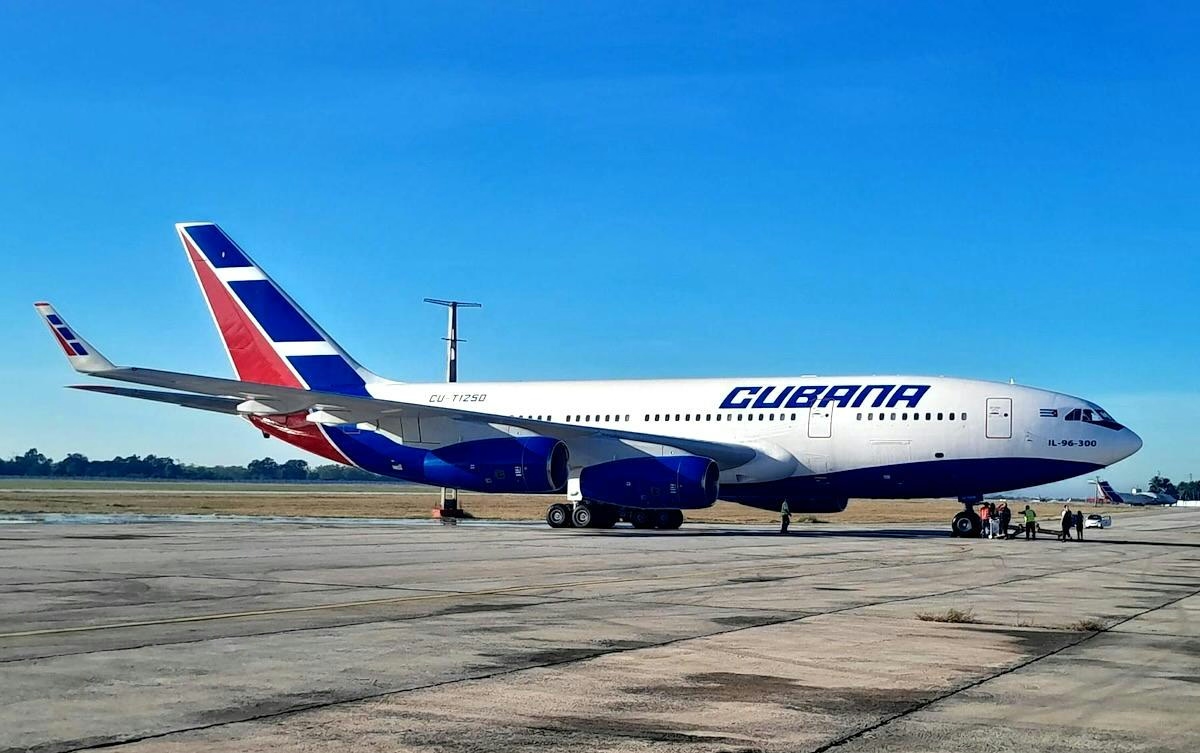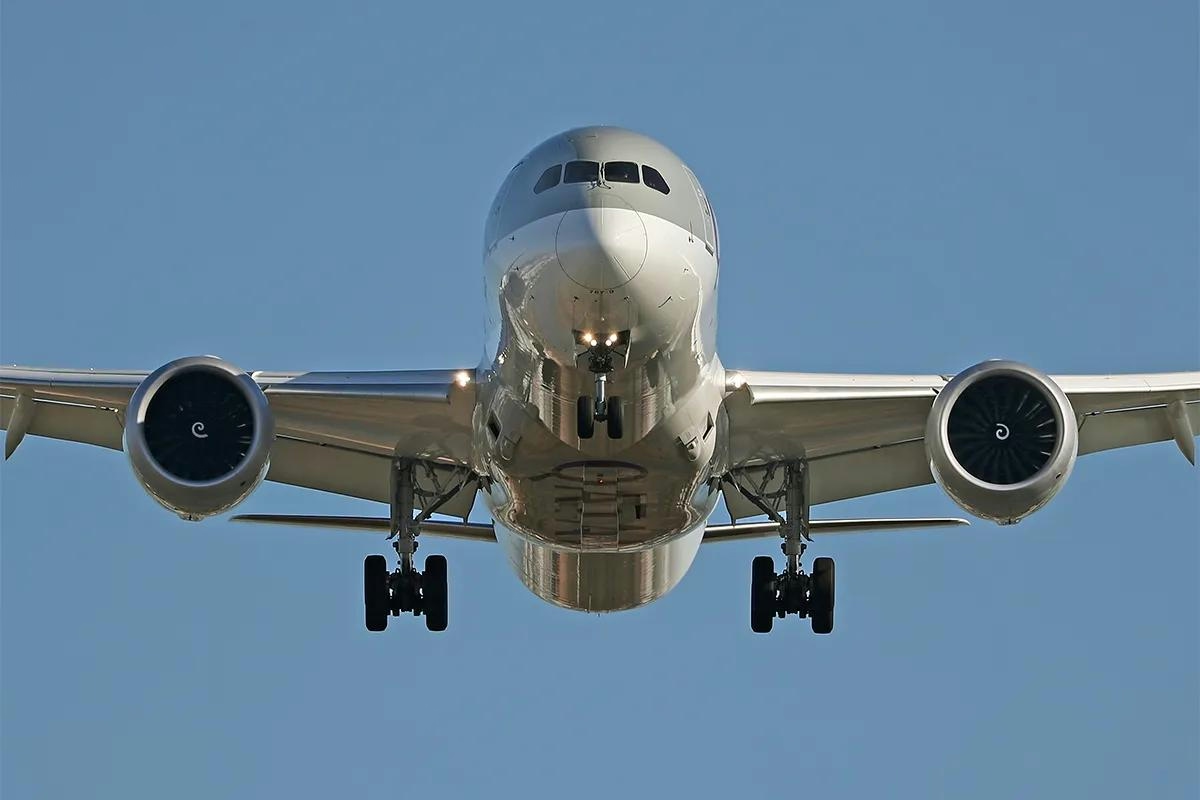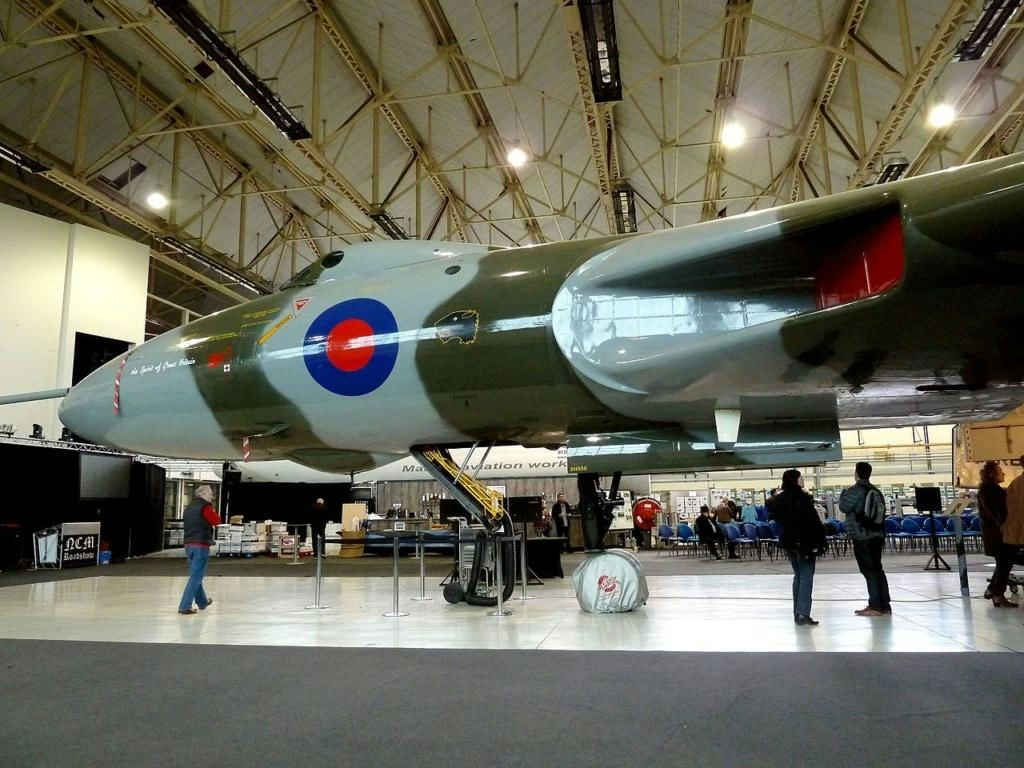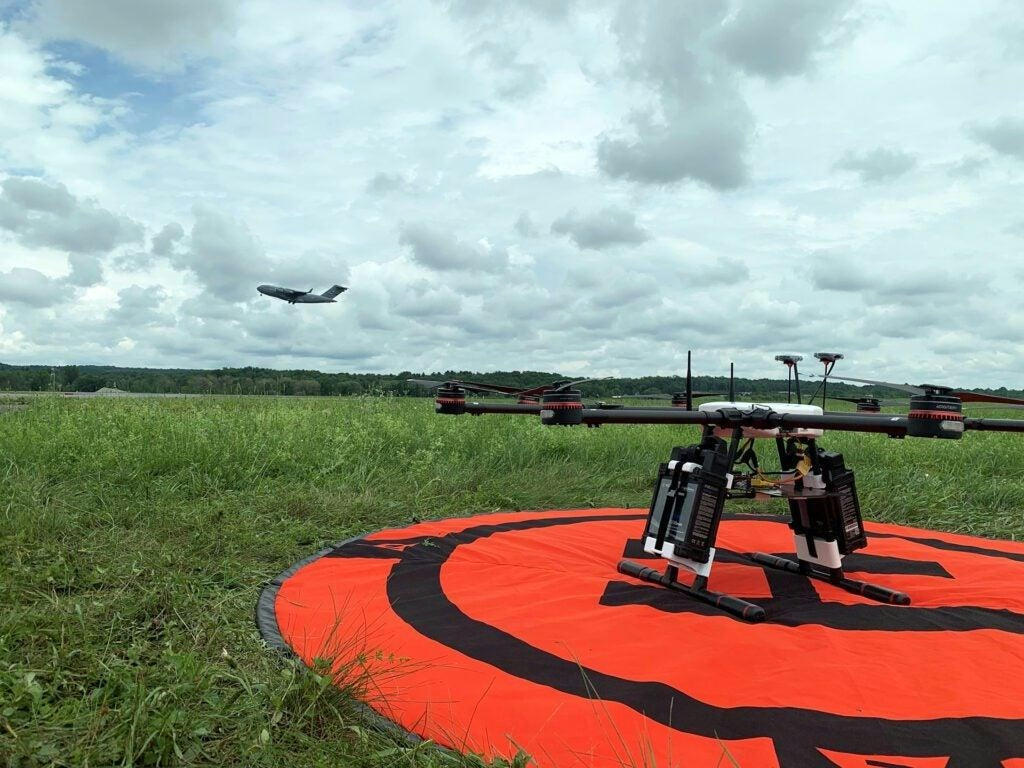
AeroGenie — Votre copilote intelligent.
Tendances
Categories
Cubana de Aviación Returns Il-96-300 to Service After Overhaul in Belarus

Cubana de Aviación Returns Il-96-300 to Service After Overhaul in Belarus
Cubana de Aviación, Cuba’s state-owned flag carrier, has reinstated one of its rare widebody aircraft into active service following an extensive overhaul conducted in Belarus. The Ilyushin Il-96-300, registered CU-T1250, completed a multi-leg ferry flight from Minsk to Havana between October 11 and 12, according to FlightRadar24 data. The journey included technical stops in St. Petersburg and Reykjavik before the aircraft undertook a nearly nine-hour transatlantic crossing, ultimately landing at Havana’s José Martí International Airport at 18:48 local time on October 12.
Aircraft History and Specifications
The Il-96-300, bearing serial number 74393202015, was originally delivered to Cubana in December 2005 and is now two decades old. Prior to its recent return to service, the aircraft had been stored for extended periods both in Havana and later in Belarus between 2022 and 2025, suggesting that significant maintenance or overhaul work was performed abroad. Configured to accommodate 262 passengers across two classes—18 in business and 244 in economy—the Il-96-300 is powered by four PS-90 turbofan engines. These engines are noted for their relatively high fuel consumption and a limited operational range of approximately 5,400 nautical miles.
Challenges and Strategic Context
Cubana’s fleet remains one of the most outdated in global commercial aviation, a consequence of prolonged economic hardship and international sanctions. Alongside the Il-96-300, the airline operates a second Il-96, six Antonov An-158s, three Tupolev Tu-204s, and several aging ATR turboprop aircraft. The return of CU-T1250 provides a modest yet meaningful enhancement to Cubana’s capacity, particularly as the airline continues to struggle with maintaining consistent long-haul operations amid persistent logistical and financial challenges.
The reintroduction of the Il-96-300 is not without significant obstacles. Similar to other carriers contending with global supply-chain disruptions—such as Air Astana, which has had to revise its fleet strategies—Cubana faces difficulties in sourcing spare parts and securing technical support for its aging Russian-built aircraft. Industry observers are likely to scrutinize the safety and operational performance of the Il-96-300 following its overhaul, especially given the aircraft’s age and the complexities involved in maintaining such rare models. Regional competitors operating more modern and fuel-efficient fleets may seek to leverage their operational advantages as Cubana endeavors to restore its long-haul service capabilities.
Once envisioned as a symbol of Cuba’s aviation independence, the Il-96-300 now stands as a testament to the island’s resilience amid ongoing geopolitical and economic constraints. Its return to service highlights both the scarcity of resources and Cubana de Aviación’s determination to sustain its presence in international airspace despite enduring operational and market pressures.

The Leading Widebody Aircraft in Service Today

The Fastest Boeing Jet Currently in Service

Quintana Roo Secures $24.3 Million Deal for MRO and Cargo Services

This Week on America Builds: Advanced Air Mobility

Textron Aviation Appoints Justin Salmans Senior Vice President of Supply Chain

Delivery Delays and Canceled SAF Projects Prompt Focus on Fuel Efficiency

Avro Vulcan XH558 Engine Runs Scheduled at Doncaster Sheffield Airport in 2026

FAA Advances Integration of Manned and Unmanned Aircraft

Embraer Unveils AI-Driven Smart Planning Solution
